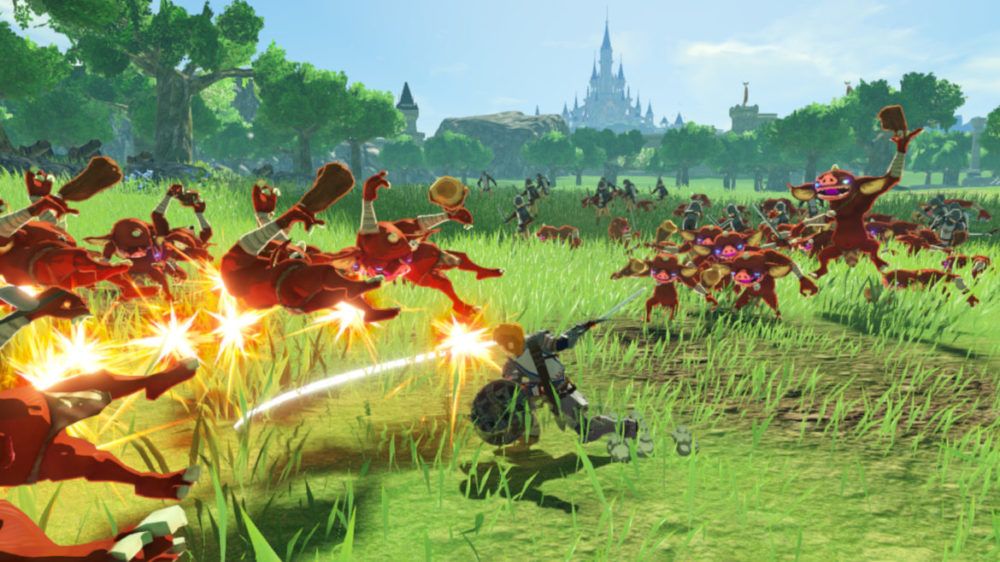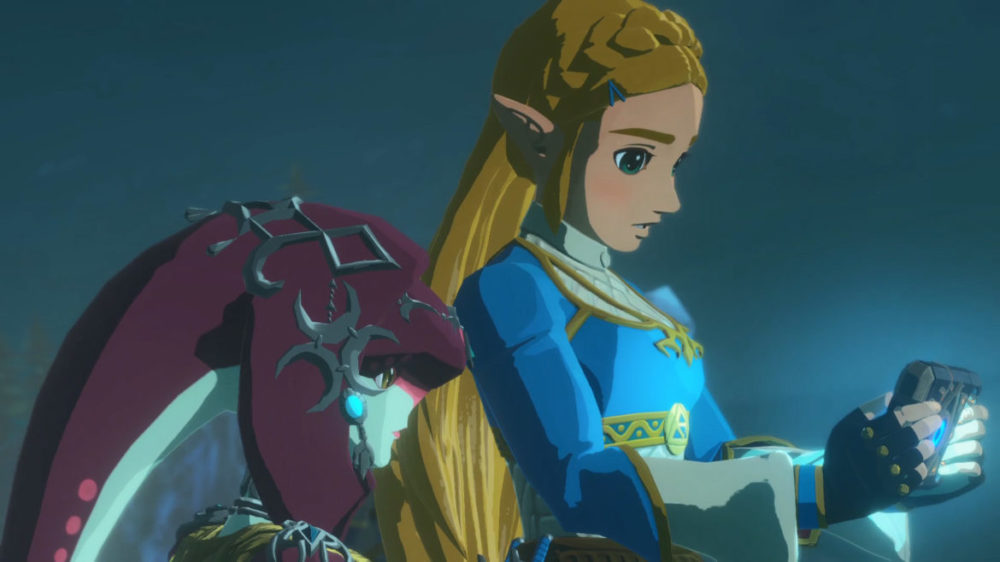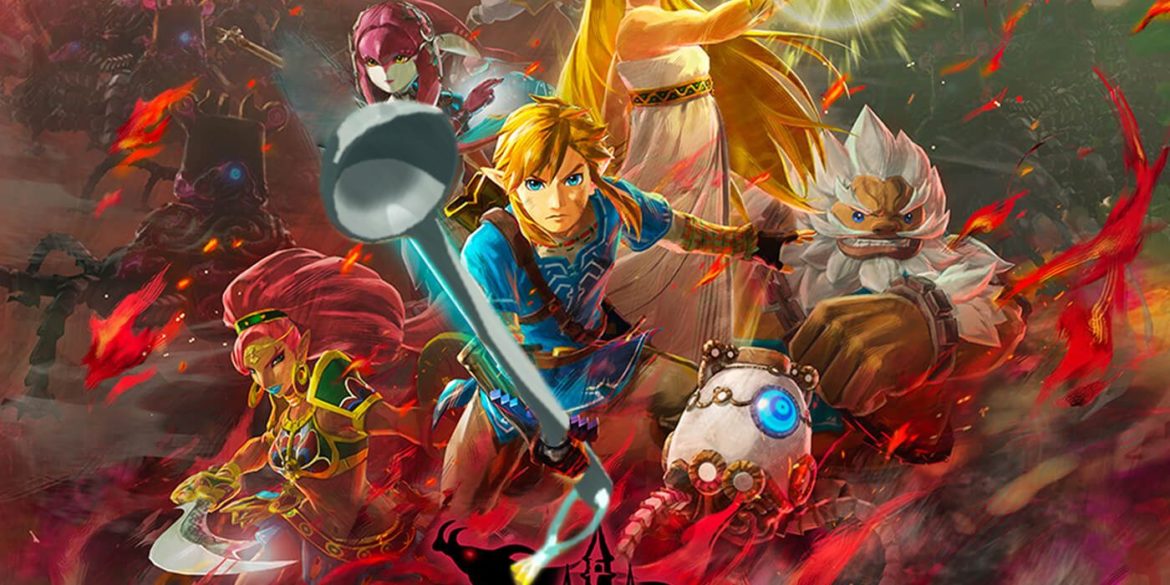TL;DR
Hyrule Warriors: Age of Calamity blends the musou genre with the beloved world of Breath of the Wild, offering a story that expands on the calamity's origins. You'll hack and slash through hordes of enemies as iconic characters like Link, Zelda, and Impa, each with unique skills. While it visually captures BotW's style, expect performance dips and choppiness on the Switch, especially with many enemies on screen. Despite some technical limitations, its compelling narrative, diverse characters, and addictive gameplay loop make it a surprisingly engaging experience for Zelda fans. Discover if this action-packed prequel is worth your time in our full review!
Hyrule Warriors: Age of Calamity is a sequel to Hyrule Warriors from 2014 for Wii U (which received a “Definitive edition” for Switch in 2018). Narratively, it closely aligns with the universe established in The Legend of Zelda: Breath of the Wild. However, unlike that epic adventure, Hyrule Warriors: Age of Calamity (AOC) is a musou game, much like its predecessor. This genre, characterized by dispatching hundreds or even thousands of enemies, is a specialty of Japanese developer Omega Force (who contributed to the development of this title). Their expertise has been honed over numerous Dynasty Warriors titles released by KOEI Tecmo for Japanese game consoles. Nintendo’s involvement ensures that this IP receives careful attention, adding a significant layer of polish.

Prior experience with Breath of the Wild is not essential to enjoy Age of Calamity, but familiarity with the former will enrich the experience, allowing players to appreciate the nuances of the plot and details. The story presents alternate perspectives, which we won’t spoil, and centers around a mini-guardian who travels back in time to warn Princess Zelda about Calamity Ganon. Players initially control Link, the silent protagonist, and later gain access to other classic characters, such as Impa and Zelda, each possessing unique abilities and strategic advantages.
From a presentation standpoint, Hyrule Warriors: Age of Calamity boasts a stylish aesthetic. It deliberately mirrors the stylized cel-shading graphics of Breath of the Wild, creating a visually appealing experience. However, the animations and overall technical execution are less refined. The Switch, approaching the end of its lifecycle, inevitably shows its age compared to current-generation consoles like Xbox Series X and Playstation 5. The game’s performance fluctuates based on the number of enemies and complexity of the environments. The frame rate can become noticeably choppy, especially during the initial stages, which can impact responsiveness. While a Controller Pro is recommended, the Joy-Cons are adequate, as the gameplay doesn’t demand extreme precision. The resolution appears to be around 720p, and even at this level, a consistent 30fps is not always maintained.
The question is no longer if an updated Switch model will be released, but when. It is anticipated that an upgrade is imminent, as the hybrid concept remains compelling but is limited by the existing chipset.

In portable mode, the resolution is further reduced, though less noticeable due to the smaller screen size. While the game runs slightly smoother in handheld mode, the map, text, and inventories can feel somewhat cluttered. Playing on a larger display is preferable, despite the aforementioned technical limitations.
The audio presentation is a mixed bag. Cutscenes feature quality animations with voice acting, whereas in-game dialogue relies on the familiar humming and moaning characteristic of the Zelda series. The music ranges from catchy and cinematic to occasionally repetitive, but generally serves its purpose effectively.

Musou games often provide initial enjoyment from cutting down hordes of enemies. However, this can become repetitive. While Age of Calamity utilizes this core mechanic, it distinguishes itself through Nintendo’s strong storytelling, compelling characters, and inventive gameplay. Beyond unique boss encounters, the game features diverse heroes with varied characteristics, allowing players to switch between them during missions and strategically direct computer-controlled NPCs. Mastering each character’s strengths and weaknesses is crucial for maximizing success in both combat and exploration.
Overall, Hyrule Warriors: Age of Calamity might not be an essential title for all Zelda enthusiasts, but it offers greater enjoyment than the average game in its genre. This is attributable to the integration of maps, varied missions, engaging characters, and rich mythology. It proved more captivating than initially anticipated, with the graphics being a particular highlight, though the technical shortcomings were a point of concern. Ultimately, the addictive “just-one-more-level” feeling is a testament to Nintendo’s design prowess. While not a classic Zelda adventure, it provides an engaging experience while awaiting Breath of The Wild 2 (announced and expected for a future Switch iteration such as the Switch Pro, Switch 2, or Switch+).

